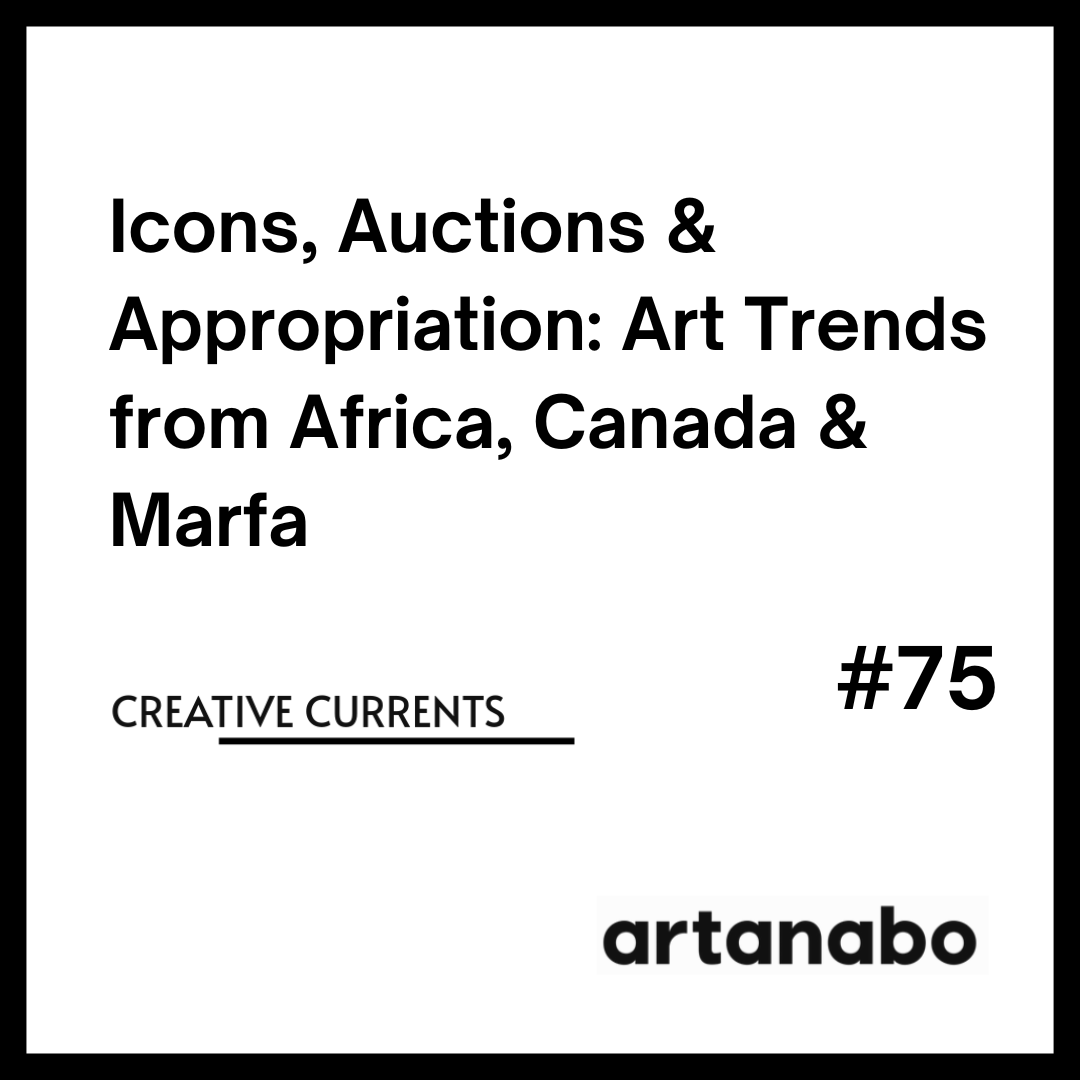This spring’s art scene has been a whirlwind—from blockbuster auctions in South Africa to major museum donations in Canada and provocative exhibitions in Texas. Let’s explore three compelling movements shaping today’s global art world.
1. Warhol & Stern Headline Strauss & Co Winter Auction (South Africa)
Strauss & Co’s June auction in Cape Town stole headlines with high‑value lots from Pop icon Andy Warhol (e.g., Vesuvius est. R1.2–1.5 m / $73k–92k) and modernist trailblazer Irma Stern (e.g., Still Life with Grapefruit est. R2–3 m / $113k–169k) (Ground News, The South African). Also spotlighted were South African masters like Alexis Preller and Vladimir Tretchikoff. Recent Tretchikoff sales—such as Lady from the Orient for R31 m ($1.7 m)—have elevated local modernist art to global attention (Strauss & Co).
2. Bob Rennie’s $22.8 M Gift to National Gallery of Canada
Bencher and collector Bob Rennie donated 61 contemporary artworks, worth CAD 22.8 million (~USD 17 million), to the National Gallery in Ottawa (Galleries West). The generous gift includes works by Ai Weiwei, Mona Hatoum, Dan Graham, and Vancouver’s own Rodney Graham. Rennie emphasized that the institution offers the ideal platform to preserve, curate, and share these works nationally and internationally (Galleries West).
3. Richard Prince’s ‘Posters’ Exhibit at Max Hetzler, Marfa
Galerie Max Hetzler launched Richard Prince’s solo show Posters in Marfa, Texas—running mid‑May to Dec 7, 2025. The exhibition unites a decade of Prince’s mail‑order magazine poster reproductions, both on canvas and paper (MRT). These oversized works reinterpret 1960s counterculture through appropriation, questioning how everyday visuals shape collective memory (MRT).
What It All Means
- African modernist art is gaining record momentum in secondary‑market auctions.
- Philanthropic donations like Rennie’s help decolonize national collections and promote civic stewardship.
- Appropriation art—like Prince’s mail‑order posters—continues to challenge viewers to reconsider visual culture.
These events reveal art’s new trajectory: it transcends borders, resurfaces from history, and erupts as recontextualized imagery.


